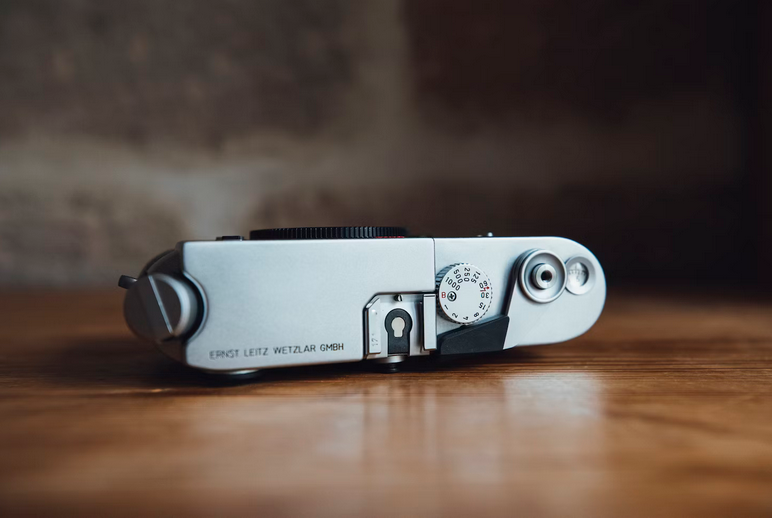A Guide on How to Choose the Right Laser Rangefinder for Hunting
Are you tired of guessing the distance to your target while hunting? Or you’re looking to upgrade your old rangefinder to a more accurate and reliable one. Look no further. In this guide, we’ll walk you through everything you need to know about choosing the right laser rangefinders for hunting. Whether you’re a seasoned hunter or just starting out, our expert tips and insights will help you make an informed decision that will undoubtedly elevate your hunting game.
Determine Your Hunting Environment


The first step in choosing the right laser rangefinder for hunting is to consider your typical hunting environment. Different terrains, lighting conditions, and types of game require different features, magnifications, and ranges in a rangefinder. If you primarily hunt in densely wooded areas, a rangefinder with a shorter maximum range and a wider field of view may be more beneficial. If you hunt in open fields or mountains, a longer maximum range and higher magnification may be necessary. Additionally, if you hunt in low-light conditions or during dawn or dusk, look for a rangefinder with an illuminated reticle or low-light mode for better visibility. Some rangefinders also have angle compensation features that adjust for incline or decline shots, which can be useful when hunting in hilly terrain.
Angle Compensation and Ballistic Calculations
Angle compensation, often referred to as “angle mode” or “horizontal mode,” is a valuable feature for hunters. It accounts for the angle between you and your target, providing an adjusted horizontal distance. This is crucial when hunting in elevated positions or steep terrain. Some advanced rangefinders also offer ballistic calculations, helping you adjust your shot based on the trajectory of your ammunition. This feature can be particularly useful for long-range hunting, allowing for more accurate shots in varying conditions.
Range and Magnification


Size, Weight, and Ergonomics
The size and weight of your laser rangefinder can impact your hunting experience, especially if you need to carry it for extended periods. Compact and lightweight rangefinders are more convenient to carry in your pocket or on a hunting harness. Ergonomics also play a role in usability. Consider the design of the rangefinder, including button placement and ease of grip. A comfortable and intuitive design ensures that you can operate the rangefinder quickly and quietly, minimizing disturbance to your surroundings.
Display and Low-Light Performance


Choosing the right laser rangefinder for hunting is a critical decision that can significantly impact your hunting success. By considering your hunting environment, evaluating range and magnification, understanding angle compensation and ballistic calculations, assessing size and weight, and examining display and low-light performance, you can make an informed choice.

